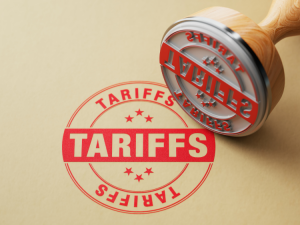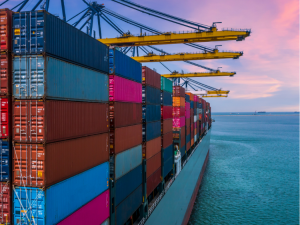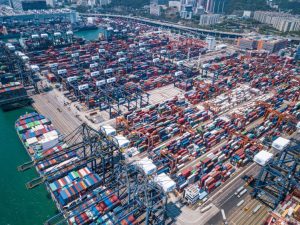
Alcoa to take staid approach to portfolio
Current leadership is sticking to a conservative approach that optimizes its existing portfolio, while steadily improving the balance sheet.


Current leadership is sticking to a conservative approach that optimizes its existing portfolio, while steadily improving the balance sheet.

The latest International Aluminium Institute data for September show global production

In a rare Section 403 filing, the Department of Energy formally argued that the Federal Energy Regulatory Commission already has the legal authority to directly regulate large-load grid interconnections.

Imports through the 10 largest U.S. ports fell 6.6% year over year in September. This is the beginning of a trend that container freight experts say will persist into 2026.

Trump’s decision to suspend trade negotiations with Canada has crushed expectations of any relief for Canadian producers or the U.S. Midwest P1020 premium.

Tariffs, immigration crackdowns and the loss of foreign aid are expected to drag down economies.

Upgrades of transmission lines translates into new demand for Aluminum Core Steel Reenforced electric cable.

Federal regulators under the Trump administration have intensified oversight and reduced tax incentives for solar projects, delaying massive developments like Nevada's Esmeralda 7 and threatening to stall over 55 GW of new capacity.

Ever since it launched its One Belt One Road campaign in 2013, China has been relentless in building markets overseas.

A loophole in Section 232 could allow unethical people to game the system.